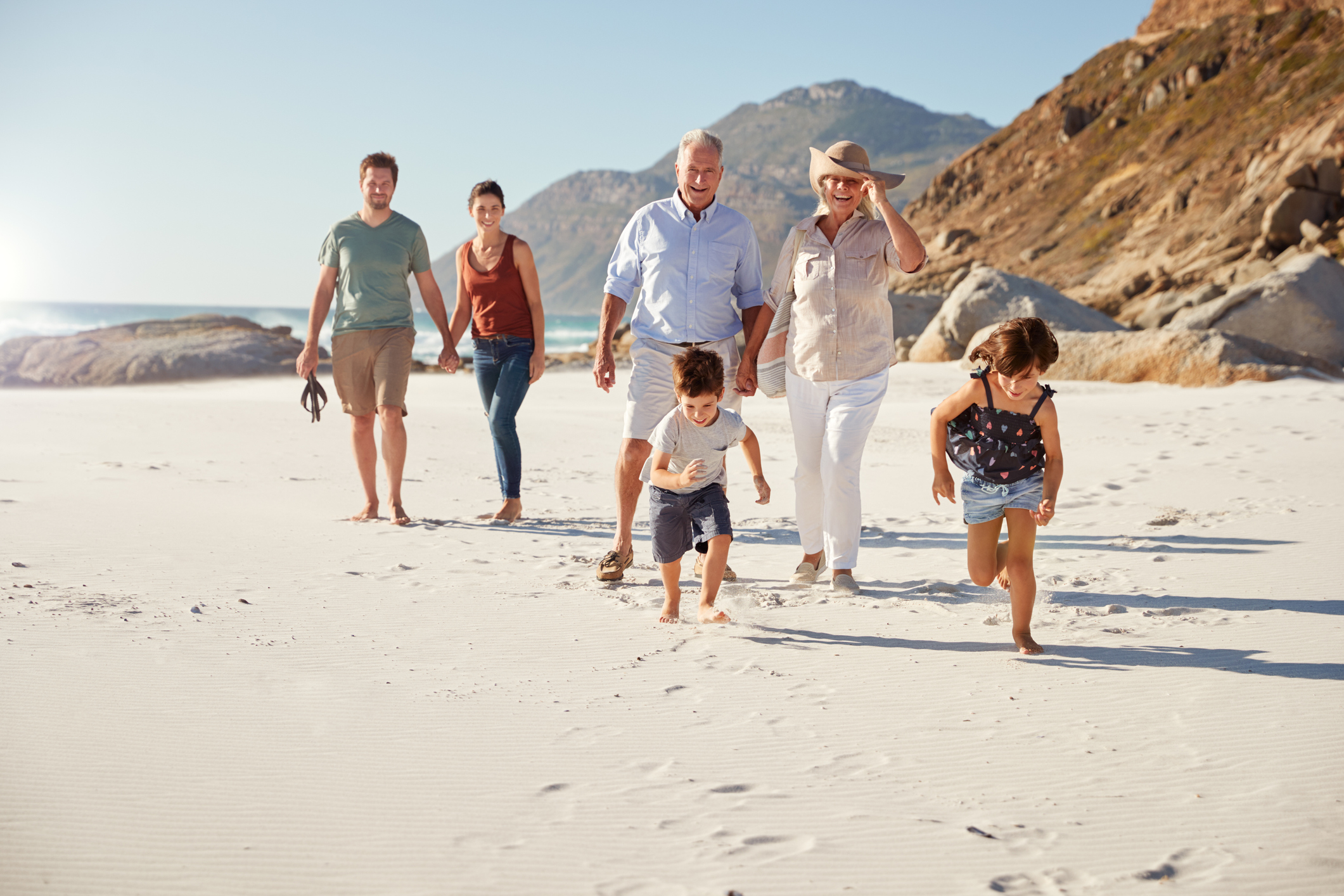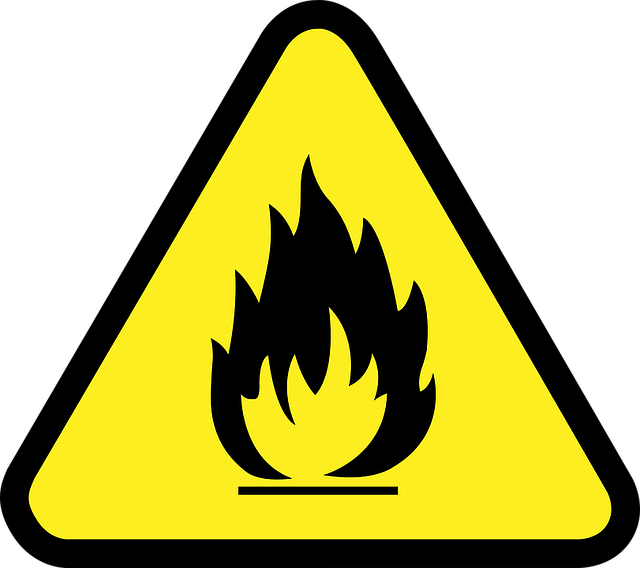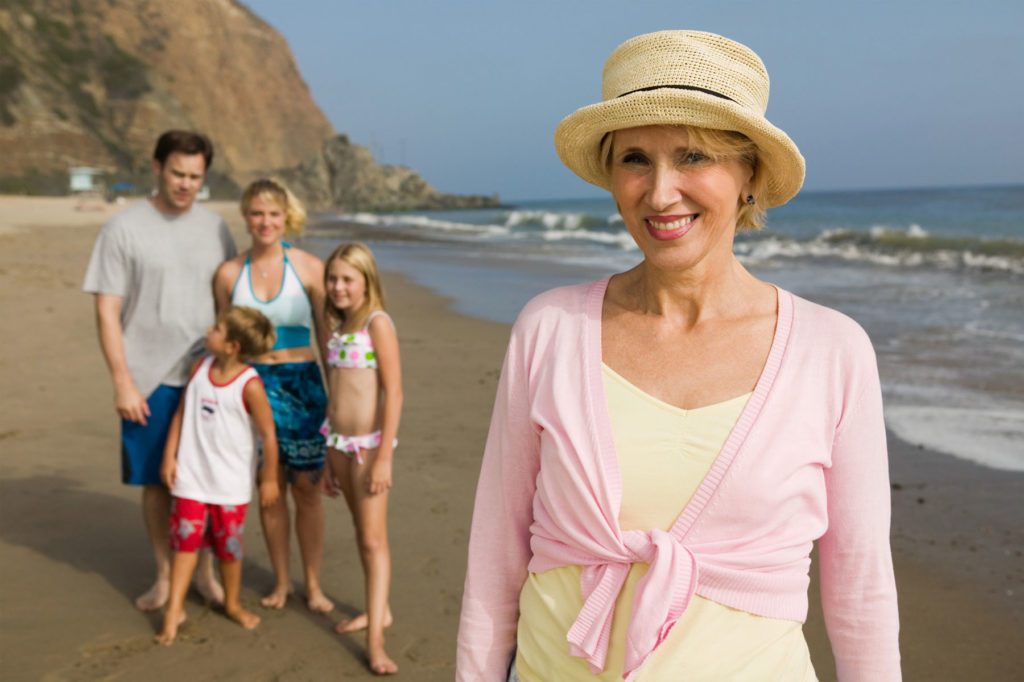
OTHER CONSIDERATIONS
Living with COPD means forward thinking to prepare yourself for different situations that are likely to occur. For some people, this involves planning one day at a time, while for others it might involve thinking over a longer period of weeks, months or years. Having an idea of what might lie ahead can be helpful to living life to your best ability when you are stable and well, and also for preparing yourself for any possible decline in your condition related to flare-ups or general deterioration.
It may be helpful to review the following topics that commonly impact upon daily life in people with COPD.

Travel

Hot / cold weather

Air quality

Risk of bushfire / natural disaster
Living with COPD during a COVID-19 pandemic
The COVID-19 pandemic affected almost all aspects of life in ways we could not expect. Many people with COPD were challenged to adapt the way they self-managed their condition. Examples of difficulties included wearing protective face masks, accessing medical care and supports (sometimes via tele-health), maintaining mental and emotional wellbeing and even planning simple daily activities. This video offers advice from a Lung Foundation Australia Respiratory Care Nurse and encouragement from a person living with a chronic lung condition.
It is also important to note that COVID-19 vaccination is strongly recommended, unless other advice has been given based on individual circumstances. Learn more about COVID-19 vaccination and lung conditions.
Activity Pacing
Carers, family members and/or friends may be able to assist with some tasks, however many people with COPD maintain a desire to preserve their independence to avoid ‘burdening’ people around them. This balancing act can be difficult to get right as there is a trade-off between persevering and struggling vs adapting and accepting support. Pacing your activities and using energy conservation strategies can help you to accomplish daily tasks with less effort and symptoms, helping you to maintain your independence.
Activity pacing involves:
- Planning through scheduling of tasks. Alternate light and heavier activities throughout a day and spread out tasks across a week or month. Scheduling tasks can be easier with the use of a diary or calendar to plan a day’s routine or making sure deadlines are met across the week. Also consider the time of day that would suit you to prioritise heavier tasks.
- Preparing for a task by breaking it up into smaller steps and ensuring frequently used items are at waist level. Consider what position (e.g. standing or sitting) would better support you to complete this task, and the environment (e.g. temperature or air quality inddoors vs outdoors).
- Pace yourself through a task and be patient with yourself. Learn to ask for help so you can continue to prioritise where to best spend your energy.
- Pause after an activity to restore energy. Relaxation and breathing techniques will be useful here.
Energy conservation strategies can involve:
Planning routine. Balance rest and exertion across the day and week
Avoid strenuous movements. Consider repositioning tasks to waist level
Adopt positions that help with breathlessness like sitting or leaning forwards
Regular position changes and gentle movement help promotes circulation
Take frequent rests
Use breathing control and relaxation techniques
Manage anxiety that can increase breathlessness
Consider the use of aids and support services
Learn more about energy conservation.
“I had to confront the reality that my breathing was affecting my everyday living. With the help of my better-half, I accepted planning as a necessary part of my lifestyle. Now I know that when I am breathless, I will recover in a while. And I can look back and feel satisfied with what I’ve achieved.”
– Liam, who has COPD.
Planning for future health care
Given that COPD is a progressive, long-term disease that has effects extending beyond the respiratory (breathing) system, it is reasonable to consider the impact of the disease on your life in the later stages. Advanced care planning is a process that enables you to formalise a plan that encapsulates your values, wishes and preferences regarding treatment and care in the event you were too unwell and unable to make or communicate decisions. This process begins with conversations with loved ones and your healthcare team, and culminates in a documented plan which also appoints a decision-maker to act on your behalf in a situation you were unable to. It is possible to revise the plan if your wishes change in the future.

Advanced care planning can start at any time, however these are some key indicators where it should be intentionally considered:
- The presence of advanced chronic disease;
- Risk of losing competence to make decisions;
- Occurrence of an event or key point in illness that is significant for disease trajectory;
- May pass away in the next 12 months;
- Decision-making conflict about future care is anticipated.
Learn more about or start the process of advance care planning in Australia.